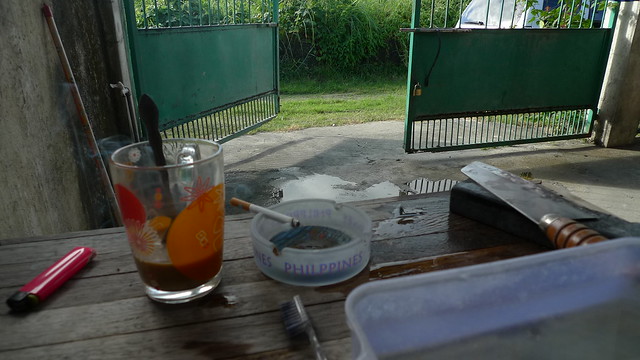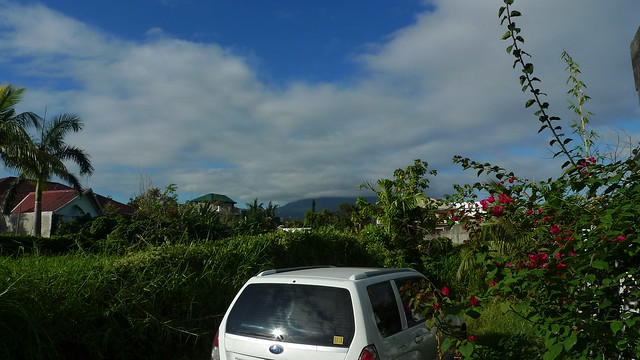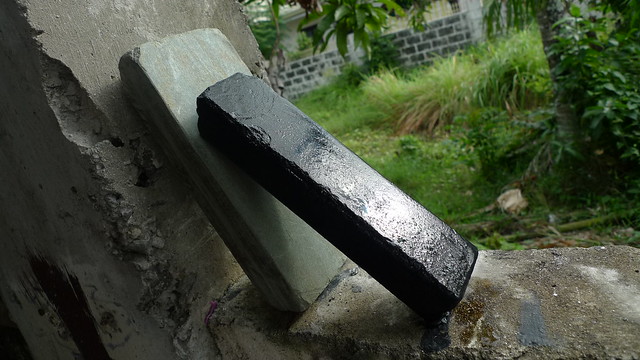rayvelasco7
Member
- Joined
- Nov 16, 2014
- Messages
- 24
- Reaction score
- 0
Hi everyone, belated happy New Year's...I've been itching to post on the forum for a while but didn't make any headway up until recently. Due to next-to-no information on the interwebs and also because of the availability of more economical combi-stones, naturals (at least in the 'Pinas) have gone the way of the dinosaur. Everyone who has a clue waxes nostalgia and conveniently have no idea on where to find them.
After searching high and low, I managed to track down a sample of said beastie and needless to say I am a happy camper. A bit of a disclaimer, I am by no means an advanced sharpener (I'd put myself at a 4/10) nor geologist... but I do appreciate naturals for what they are. I am looking forward to those more informed than I am to chime in with what they know since I'm looking to learn all I can.


After searching high and low, I managed to track down a sample of said beastie and needless to say I am a happy camper. A bit of a disclaimer, I am by no means an advanced sharpener (I'd put myself at a 4/10) nor geologist... but I do appreciate naturals for what they are. I am looking forward to those more informed than I am to chime in with what they know since I'm looking to learn all I can.






























